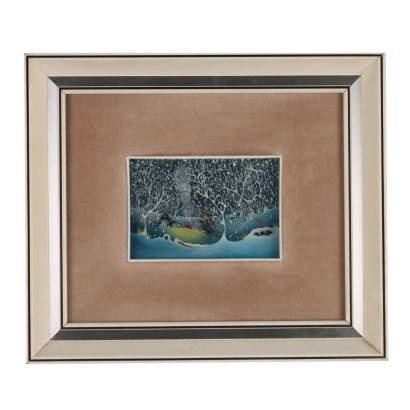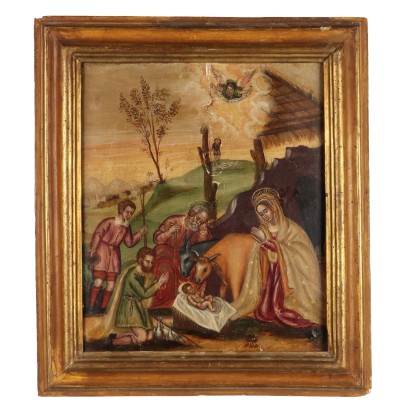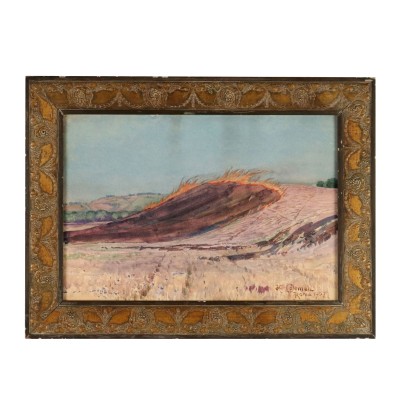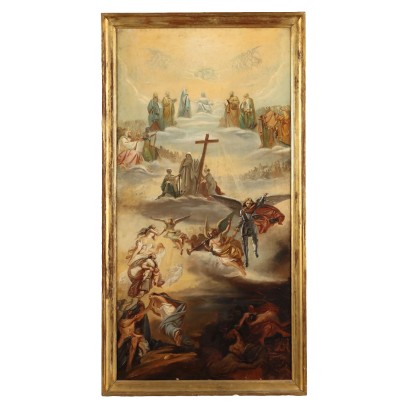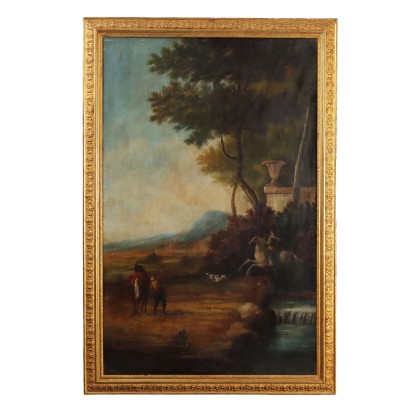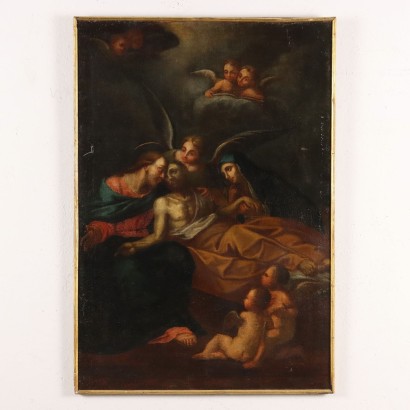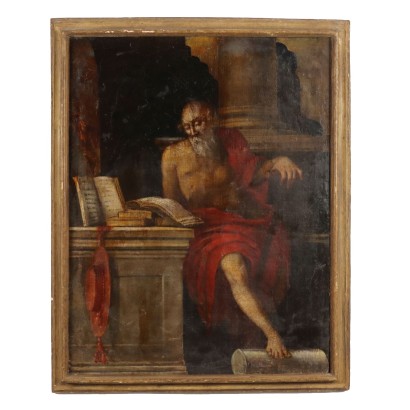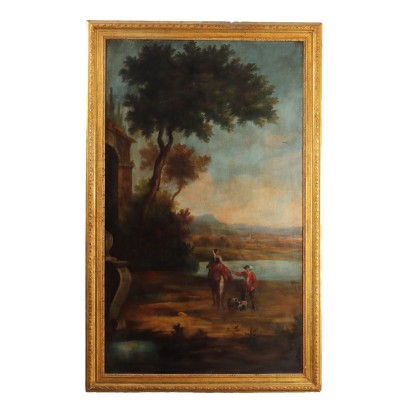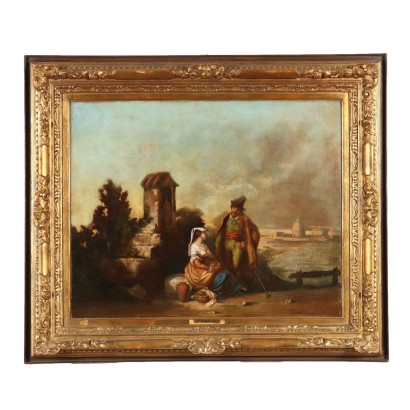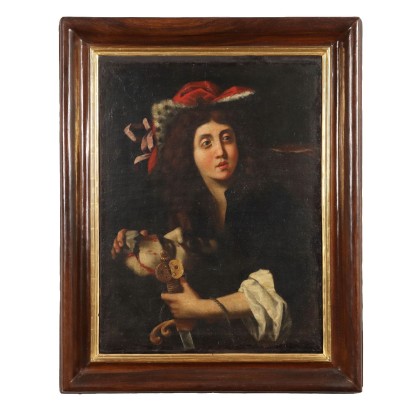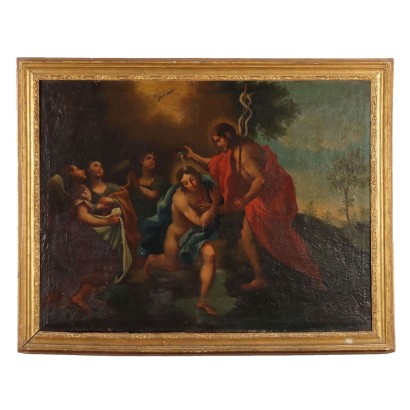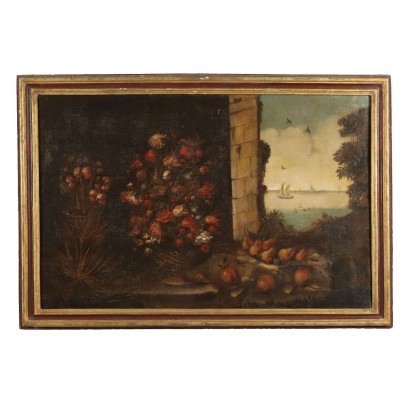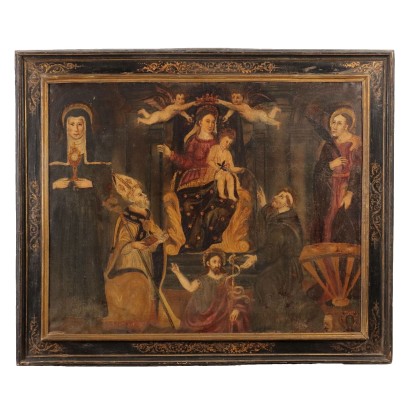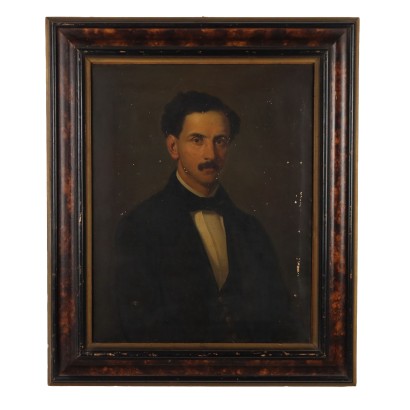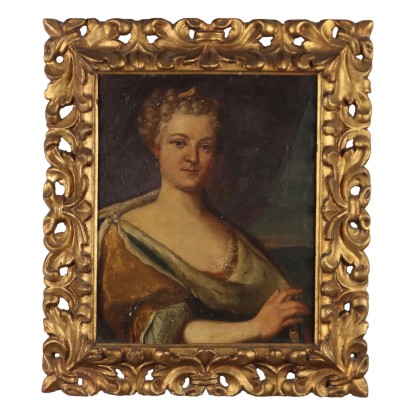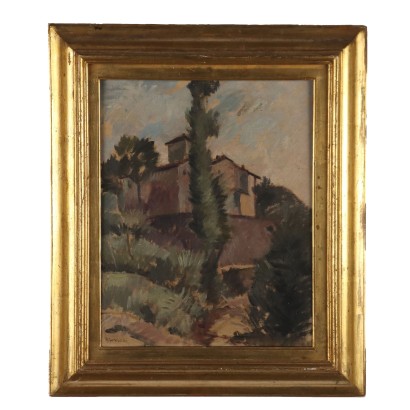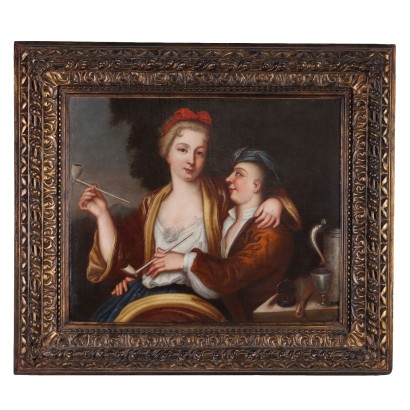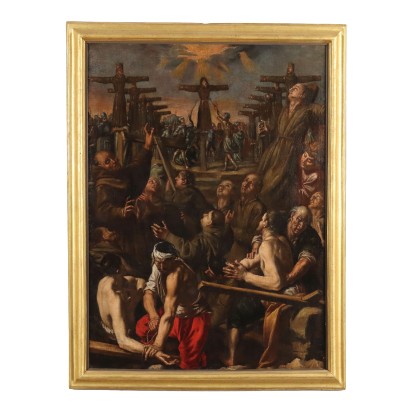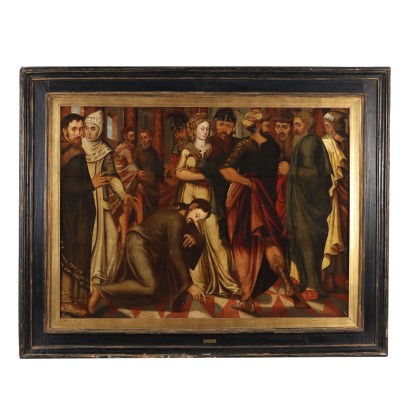Specific typology
Price
Age
Subject
- Figures of Saints [8]
- Biblical scene [8]
- Naïve painting [3]
- Surreal images [2]
- Caricatures, satirical drawings [1]
- Composizione [1]
- Landscape with animals [1]
- Scenes from an epic poem [1]
- Historical-literary subject [1]
- Battle [2]
- Still life [14]
- Floral Composition [2]
- Historic Subject [6]
- Landscape with Figures [33]
- Landscape [16]
- Marine Landscape [3]
- Landscape with Architecture [6]
- Views/City Glimpses [10]
- Portrait/Face [30]
- Allegorical/Mythological Subject [9]
- Sacred Subject [28]
- Interior Scene [1]
- Genre Scenes [11]
- Scene with Figures [14]
- Abstract Composition [5]
- Human Figures [4]
- Oriental Subject [1]
Artist
- Angelo Dall'Oca Bianca [1]
- Riccardo Viriglio [2]
- Udo Toniato [1]
- Philipp Peter Roos [1]
- Paolo Baratella [1]
- Nikas Safronov [1]
- Giovanni Boni [1]
- Domenico Gargiulo [1]
- Antonio Francesco Peruzzini [1]
- Domenico Lupini [2]
- David Teniers III [1]
- Carlo Antonio Crespi [1]
- Mentore Silvani [1]
- Louis Dorigny [1]
- Guglielmo Zocchi [1]
- Ottavio Steffenini [1]
- Gaetano Valbusa [1]
- Francesco Camarda [1]
- Felice Carena [1]
- Riccardo Licata [1]
- Emilio Scanavino [1]
- Giovanni Sottocornola [1]
- Achille Vertunni [1]
- Raul Viviani [2]
- Concetto Pozzati [1]
- Giovanni Balansino [5]
- Riccardo Pellegrini [1]
- Mino Maccari [1]
- Berto Ferrari [1]
- Lorenzo Gignous [1]
- Primo Carena [6]
- Mario Cortiello [1]
- Peter Paul Rubens [2]
- Guido Ferroni [1]
- Vittore Antonio Cargnel [1]
- Adriano Gajoni [1]
- Thomas Heeremans [1]
- Giacomo Micheroux [1]
- Mario Previ [2]
- Giovanni Muzzioli [1]
- Salomon Corrodi [1]
- Gaetano Bellei [1]
- Antonio Vallone [2]
- Cesare Maggi [1]
- Giuseppe Giardiello [1]
- Giuseppe Gennaro [1]
- Achille Sdruscia [1]
- Hercules Sanders [1]
- Francesco Mazzucchi [1]
- Gabriella Benedini [1]
- Maurizio Goracci [1]
- Fiorenzo Tomea [1]
- James McClintock [1]
- Milvia Maglione [1]
- Henry Clifford Warren [1]
- Giovanna Madoi [1]
- Tanzio da Varallo [1]
- Eugenio Moretti Larese [1]
- Enrico (Henry) Coleman [1]
- Alfonso Corradi [1]
- Ezio Pastorio [1]
- Guido Reni [1]
- Giuseppe Mascarini [1]
- Aleardo Villa [1]
- Guido Cinotti [1]
Artistic technique
Technical specification
Artistic school
- Central European school [4]
- Central-Italian school [4]
- Eastern European School [1]
- Emilian School [3]
- Flemish School [4]
- French School [9]
- Genoese School [1]
- English School [1]
- Italian School [15]
- Lombard School [4]
- Neapolitan School [4]
- North-European School [8]
- Roman School [2]
- Spanish School [1]
- Tuscan School [2]
- Venetian School [2]
- Venetian-Cretan School [1]
- Ligurian School [1]
- North Italy School [11]
Dimensions
ApplySort by

